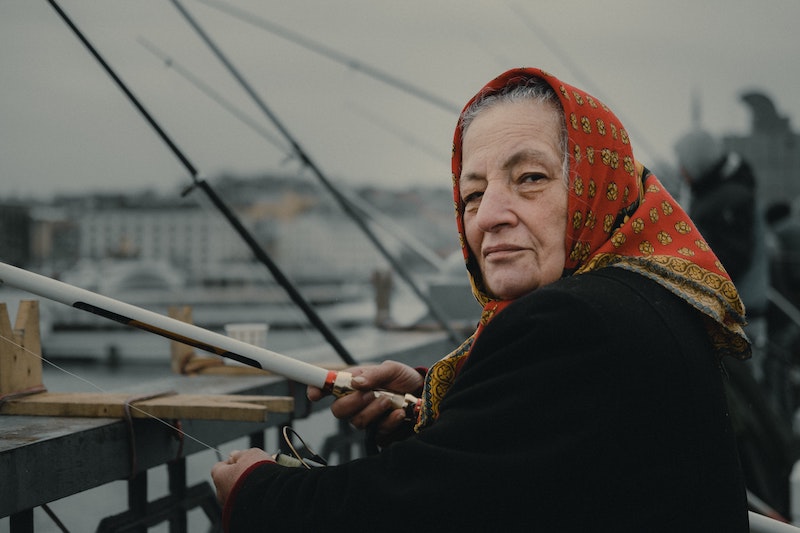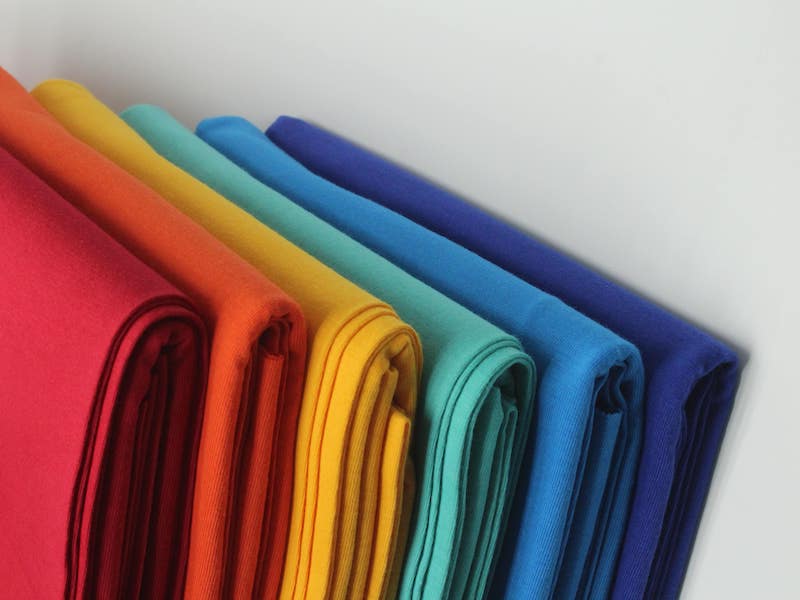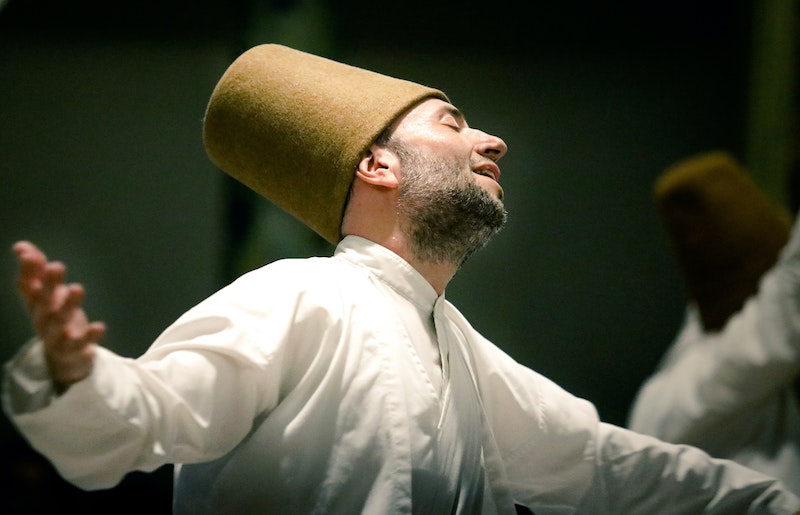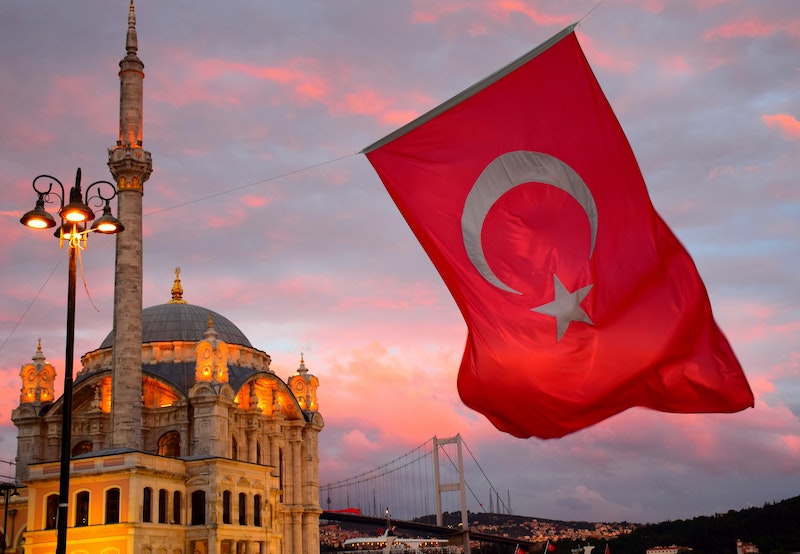Traditional Turkish textiles have always been influenced by the country’s economy, the structure of society, location, geography, and material availability.
Early on, social standing was denoted by clothes, and traditional apparel proved popular across the nation. Ethnicity can also be revealed through particular regional expertise in textiles or fashion. The Ottoman empire’s numerous religious and cultural communities also showed their identity through their clothing.
Even in modern times, one’s dress choices might reveal details about them. In Turkey, for instance, you can tell where someone is from by how they are dressed because each country’s seven provinces have its typical fashion.
One can occasionally even tell what county someone is from! Other manifestations of traditional Turkish textiles, concerning the sort of fabric or clothes that are fashioned, might reveal an individual’s personality. For instance, a woman’s hairstyle in Turkoman tribes can indicate her marital status.
Historically, traditional Turkish textiles were produced by hand from locally-sourced, organic fibers, and their style varied widely by place. Modern apparel is available in the shop’s activewear. It is inspired by both current European trends and conventional Ottoman fashions. Apparel is still a crucial tool for expressing one’s individuality, affluence, religion, and social standing.
What Makes Traditional Turkish Textiles Popular in Turkey?
Turkey is situated inside the former Ottoman Empire. The tradition of Turkey is reflected in the textile industry. Traditional Turkish textiles were renowned for their superior quality, which resulted from their meticulous and tightly controlled production procedures.
Shawls & Hijabs from Turkey
Turkish women first wore elaborate Shawls in the 19th century. Large residential areas like Istanbul and Izmir gradually began the shift. Ottoman weavers eventually started to adopt the Parisian style as their own!
Istanbul Silk
However, for the Turkish, hardly anything matched silk in traditional Turkish textile production. The silkworm utilized to produce the robust yet silky fibers used to make silk was also discovered in Busra. Busra had the lion’s share of the silk manufacturing and trading market, even more so than Istanbul’s metropolis.
Turkish artisans have primarily used silk harvested from silkworms and embellished with gold and silver weaving or embossed designs. Traditional Turkish textiles can also serve as art pieces, as evidenced by the numerous examples from various eras with gold and silver motifs of tulips, date palms, or the Islamic new moon and stars.
Textiles made with silk include hybrid textiles, including taffeta, satin, velvet, and brocades. Turkish silk artisans produced art pieces that went beyond mere garments. For instance, couch cushions, carpets, and even mirrors from the 16th and 17th centuries were decorated with heavenly objects and blossoms embroidered in gold and silver on Turkish embroideries known as Kemah.
Female Attire
The şalvar, typically worn with tops of various sizes and fashions, is a part of Turkish women’s traditional attire. Since the Ottoman Empire, Turkish culture has been characterized by şalvar suits. In varying degrees of bagginess, şalvar is gathered around the ankles.
Village ladies prefer bright hues and floral designs. In addition to the entari, the gömlek (chemise) and the şalvar make up the entire female outfit. Village women continue to wear traditional Turkish textiles in significant part. They dress in a regionally characteristic ensemble of baggy sweatpants, skirts, and aprons.
In many places, a woman’s clothing might still reveal her major city and marital status; rural women in Turkey typically conceal their mouths and heads with an oversized scarf instead of wearing veils. Although the scarf is frequently worn with Western clothing, this tradition has been restored among the more pious metropolitan ladies.
Male Attire
Turkish males nowadays are clothed in western fashion, except for a few isolated communities using traditional Turkish outfits. There was room for jeans, pants clips, and tight shirts since Turkish men wore loose trousers and colourful vests throughout the Ottoman era.
One can observe people wearing the lovely old traditional Turkish textiles at marriages or ritual practices. The Turks were attired in broad type Sarouel trousers, short jackets, turbans and Fezs, and large belts during the Ottoman era.
Dated Caftan
Except for Morocco, almost every Arab nation was a part of the Ottoman Empire. Andalusia, who gave their territory to the Maghreb, introduced the caftan. The ottoman caftan stayed repetitive even if the Moroccan caftan underwent well-known origins and alterations.
The aristocracy only wore the Andalusian caftans. Only Turkish officials and standouts from Algeria or Tunisia wore caftans. Therefore, we cannot classify it as a part of traditional Turkish textiles.
The Fez, Unavoidable
The crimson fez, worn as a headdress, is a staple of Turkish culture. It is a wool hat with a stiff cone shape that is accessorized with a black fringe fastened to the top with black threads that dangle. It is also known as “Tarbouche” in Arabic and has become trendy among the many Ottoman empire ethnicities.
Turkey Is the World Leader in Textile Exports
Another interesting fact is that many European luxury labels purchase traditional Turkish textiles and have them processed in their design studios in Europe frequently to create clothing for runway shows. It is a result of the excellent grade of the products.
Anyone who has visited Istanbul’s Grand Bazaar has probably learned from the sellers in various textile shops that Chanel, Dior, or Armani frequently purchase from them. And it’s accurate. It has many purposes than only luring customers. When you trace your finger over the available textiles, you will immediately realize why this is the case.
It is the only place where you can find something of this caliber. In this regard, traditional Turkish textiles appear to meet all the requirements to top the global export rankings. So what elements are required for Turkey to lead the world in the textile sector?
Pacific and Asian Regions
Turkey’s past suggests that the stories associated with the orient formerly held a fascination for the accident. Everything from the latter was highly sought after. In the past, fabrics came first. Analyzing the European marketplace reveals that there is still strong respect and excitement for the orient. Some good clothing brands like to include traditional Turkish textiles such as caftans into their designs or employ eastern spices when making perfumes. They also give their items appropriate names to persuade consumers. They are successful in accomplishing this as well.



































